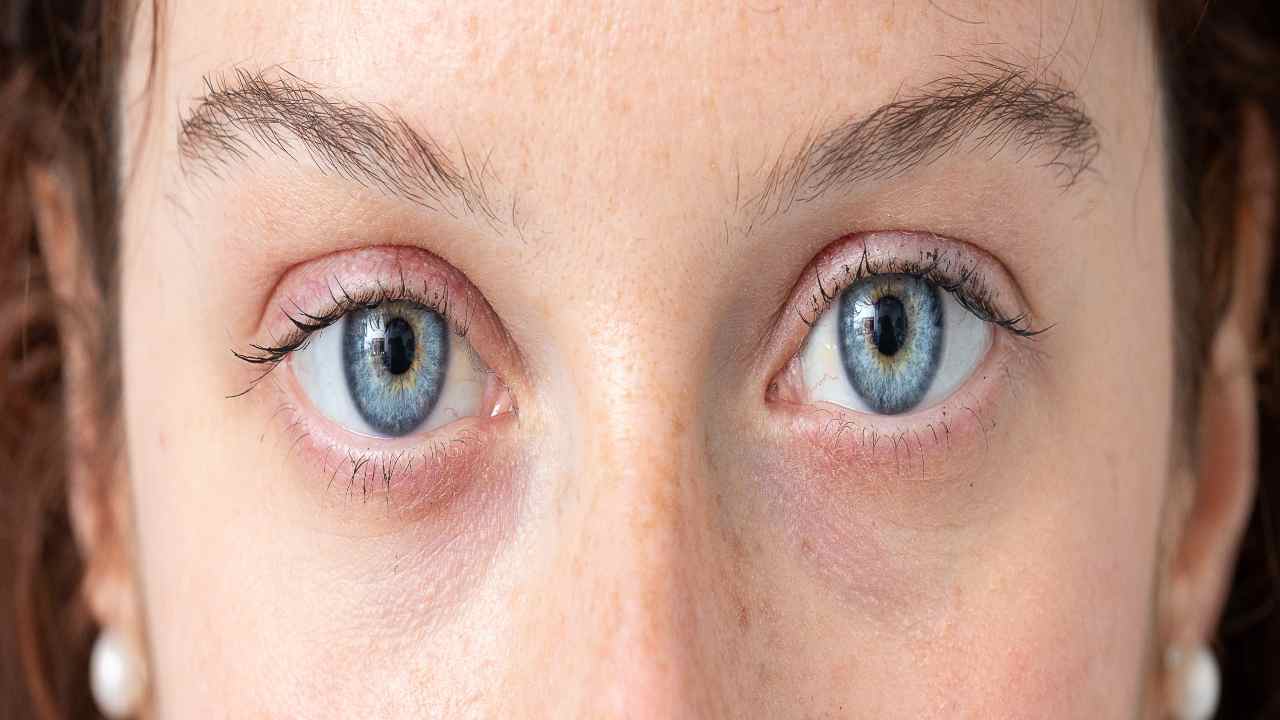He is developing a microchip to be implanted in the brain, which is more advanced than Elon Musk and his company Neuralink. He does it from Italy with cortical, a startup born at the Italian Institute of Technology (IIT) in Genoa. He is Luca Berdondini, the Swiss scientist, who chose our country, even though all the doors of the world were open to him, to develop advanced technologies in the field of neuroscience. A chip in the brain decodes movement intent and translates it into action, giving commands to robotic assistance systems, such as neurorobotic prosthetics. A technology that improves the lives of people with motor dysfunction. However, Elon Musk's announcement at the end of last January about X: “Neuralink has implanted the first chip in a human brain” caused great excitement. Anger and moral doubts. Why? “Because Musk is communicating by writing a tweet. Because we don’t know exactly his intentions and this is a technology that has ethical implications. Because he uses the word evocatively. TelepathyOr telepathy or thought, which makes people imagine that it is a chip that can read minds.”
Neuralink, how is it done and how much does it cost to implant a chip in the brain
By Arcangelo Ruccola
Will it be like this? “Let's be clear. This is a technology used in the clinical field to translate movement intention into action. Musk himself has received FDA clearance to conduct studies on movement diseases. This This does not mean mind reading Or enter the private sphere.
Luca Berdondini, 50, was born in the canton of Ticino, near Bellinzona.. He studied microtechnology at the Polytechnic University of Lausanne, Switzerland, “a college that combines materials science, computer science, electronics and optics.” Thesis on integrated systems. He obtained a master's degree from Caltech University in the United States of America, where he worked with Jerry Payne, one of the pioneers in this field. PhD from EPFL. 3Brain's first startup in Switzerland. Since 2007, he has led the Neuroelectronics Nanotechnology research group at the Genoa Institute of Technology.
The technological field in which we are moving is Brain-machine interface: Brain-computer interface. If this technology leaves the clinical field, can we use our thoughts to control machines, write text, turn on lights, or other science fiction scenarios?
“These technologies represent added value for patients if they remain in the clinical setting. If they enter the world of consumption, it is difficult to assess the implications “We can reach science fiction scenarios.”
The first Neuralink implant in the human brain, neurologist: “Caution is required”
By Emanuele Capone
Corticale technology is currently more advanced than Neuralink technology. “We have developed very small devices, similar to tiny needles. Imagine many small microphones that record the electrical activity of neurons associated with movement control. This information is then extracted and sent outside to be processed. This is called Decoding motor intent. Why do we do this? To facilitate the lives of people with mobility problems. Due to trauma, accidents, or degenerative diseases such as amyotrophic lateral sclerosis.
Exactly the same thing Elon Musk does, however The Perdondini segment has an advantage. “The Neuralink system has 1,024 electrodes overall, but they are distributed over several microwires (or implants) that are then implanted. Each microwire has 16, so 64 implants are needed to get 1,024 electrodes. In our case , Each implant contains 1,024 electrodes. “Thus stimulating one microscopic lesion for the same number of electrodes.” In addition to motor diseases, there are more. “If we combine recording of celebration activity with electrical stimulation, something that has already been used in the clinic for decades for Parkinson's patients, we get a Huge potential also for other diseases, such as epilepsy or drug-resistant depression“.
Berdondini was among the first invited to a symposium by Neuralink in 2018. In the only white paper Musk published, he was mentioned as a reference. “From a technology standpoint, Musk is not doing anything new compared to the state of the art. He was good at putting the pieces togetherAnd gather all the necessary skills. “It operates in an ecosystem that has a high appetite for risk and moves quickly.”
Neuralink, thousands of volunteers for the first human brain chip: how much will it cost and what purpose will it serve?
By Pier Luigi Pisa
Corticle was born during Covid. “We were stuck at home, we had competitive technology and the scientific community was asking us to use it. We decided to create a project with Fabio BoyRobotics Engineer, H Gian Nicola Angozzi, Electronic engineer.” In 2021, Berdondini met the investor Giuseppe Santella, who decided to finance his project with 2 million euros. He founded Corticale, but still does not have an active role in the company. He is the co-founder and scientific advisor.
Since high school, Berdondini has two strong passions. One for robotics and one for biology. “Today I am a researcher happy because I was able to combine these two worlds in my work.” He has always worked on interfaces, developing the idea of active electrodes and creating the first devices. In recent years, he founded his first startup, 3Brain. In 2007 he arrived in Italy. “I could have gone to the United States, to Belgium, to France. I decided to come to Genoa because I was fascinated by the Technological Institute, which brings together different research areas with enormous potential. Nanomaterials, robotics, neuroscience, computational technology: for me it was a playground….”
Caterina Verneri, particle physicist at Stanford University: “I'm doing research to find out how it all happened.”
By Eleonora Chioda
Its technology is called Sinaps. It has already been tested on non-human primates in England and gives amazing and very effective results. It has already started cooperation with important international distributors. “We are also weaving a network of national and international cooperation to carry out the first human trial. Today we sell our technology to other companies as a scientific instrument. In parallel, we are creating a complete production chain to create the medical device, for which we have already obtained a production certificate.”
What if this technology, created to address clinical problems, could be used in healthy people? “It could happen and that worries us. We need to prepare, think, ask questions, act in advance and be organised.”
Antonio Tomarchio, Prophet of Artificial Intelligence: “The lights are many and the shadows are in the hands of the few.”
By Eleonora Chioda
Why would a healthy person cultivate this kind of technology? “The question to ask is precisely. The answer? Doing things that others cannot do. Simply put, doing things that are useless.”: Turn on the lights with your mind, go online, answer the phone, and write an email without having to take a step. But the scenarios may be science fiction and the questions are multiple. I asked young people in a school: Will you cultivate this kind of technology? Many people answered me: Yes. I fear there will be a domino effect. As always, every technology has pros and cons. “But when the research world leaves, it must be regulated.”
Musk's device will be on the market in 5/10 years. Berdondini is going equally well. “It's a path that requires time, economic resources and a lot of skills, but we're on the right path. Musk's influence has allowed the entire community, outside the scientific world, to know what it's about.”
“The first time I presented this technology at a scientific conference, everyone was confused: They asked me: Why 1,000 electrodes? Why 4,000 electrodes? We don’t need them. 10 is enough. And I answered: We have thousands and billions of cells, how do they manage? Is it enough? “Little? I'm moving forward. I've always believed that. The brain is a complex, dynamic system that changes over time. We must have technologies that adapt to accommodate information that we will one day have encoded on some neurons, and others on others.”
German wife with two children. At Berdondini's house we speak Italian, French, German and sometimes English. “They are my luck, and it is their support that always supports me.” In this book Sci-fi By Marco Passarello The interview with Berdondini turns into a science fiction story, where you see the future that leaves you amazed.
Leonardo Meursot: from volleyball champion to Los Angeles organologist
By Eleonora Chioda
What if Elon Musk calls you to the United States? “I prefer to stay in a scientific context, which forces you to follow ethics and communicate what you're doing. Corticale is a private entity, but it has a law that limits the use of this technology to the clinical field only.”
Do you dream of a career in the world of technology for your children? “In current times, I only dream of a more peaceful world.”
Fifth

“Unable to type with boxing gloves on. Freelance organizer. Avid analyst. Friendly troublemaker. Bacon junkie.”



